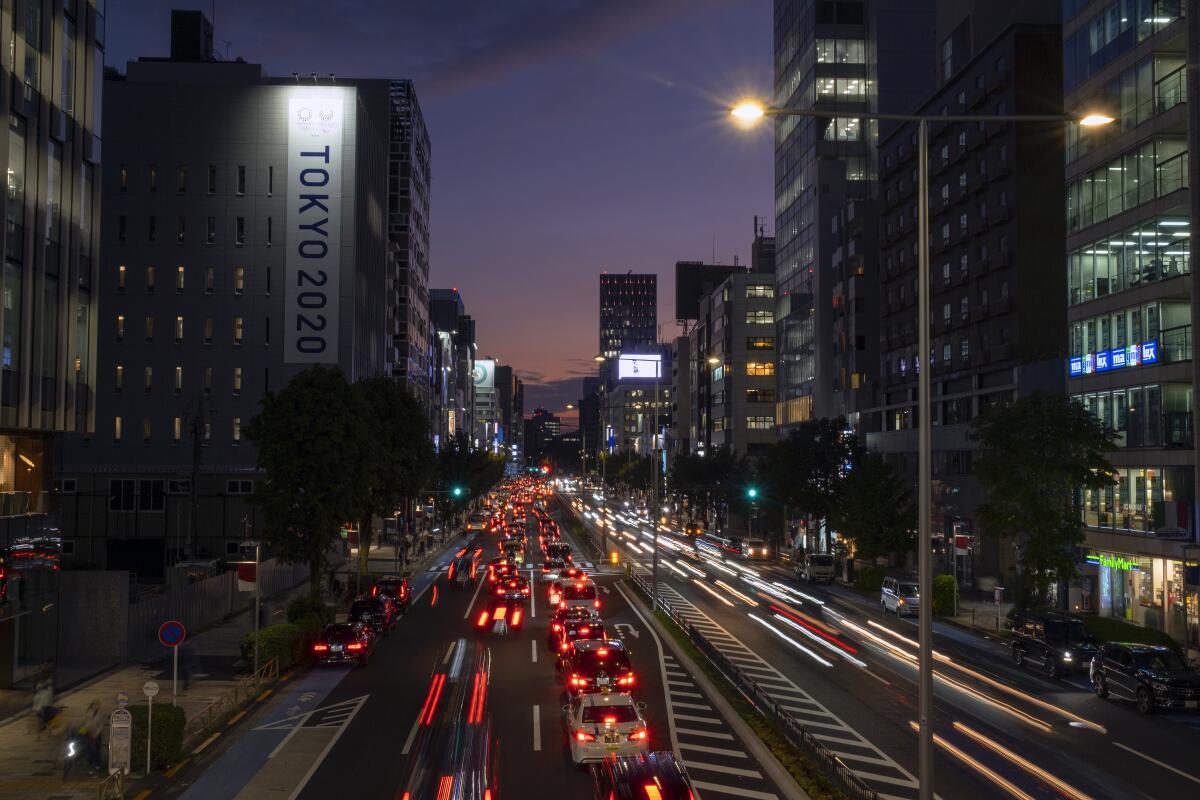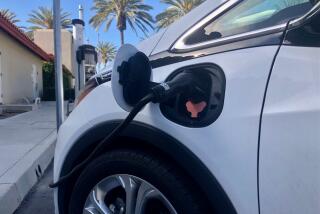With ‘green growth strategy,’ Japan aims to be carbon free by 2050

- Share via
TOKYO — Japan aims to eliminate gasoline-powered vehicles in about 15 years, the government said Friday, in a plan to achieve Prime Minister Yoshihide Suga’s ambitious pledge to go carbon-free by 2050 and generate nearly $2-trillion growth in green business and investment.
The “green growth strategy” urges utilities to bolster renewables and hydrogen while calling for auto industries to be carbon-free by the mid-2030s.
Suga, in a policy speech in October, pledged to achieve net zero carbon emissions in 30 years. As the world faces an environmental challenge, green investment is an opportunity for growth, not a burden, he said.
The strategy, which provides a road map to achieving the goals in various sectors, projected an increase of 30% to 50% in demand for electricity and called for a push to triple renewables in the country’s energy mix to 50% to 60%, while also maximizing use of nuclear power as a stable, clean source of energy.
But it was unclear if Suga has the political heft to overcome vested interests in weaning resource-poor Japan from its reliance on imported oil and gas.
European Union leaders reach a deal to cut the bloc’s greenhouse gas emissions by at least 55% by the end of the decade compared with 1990 levels.
The strategy identified 14 industries, including offshore wind, hydrogen and fuel ammonia, and a road map for each sector. The strategy shows an installation target for offshore wind power of up to 45 gigawatts by 2040.
Under the strategy, the government is also to provide tax incentives and other support to encourage investment in green technology; it projected annual growth of $870 billion by 2030 and $1.8 trillion by 2050.
The government will offer tax incentives and other financial support to companies, such as a $19-billion green fund.
More to Read
Sign up for Essential California
The most important California stories and recommendations in your inbox every morning.
You may occasionally receive promotional content from the Los Angeles Times.














